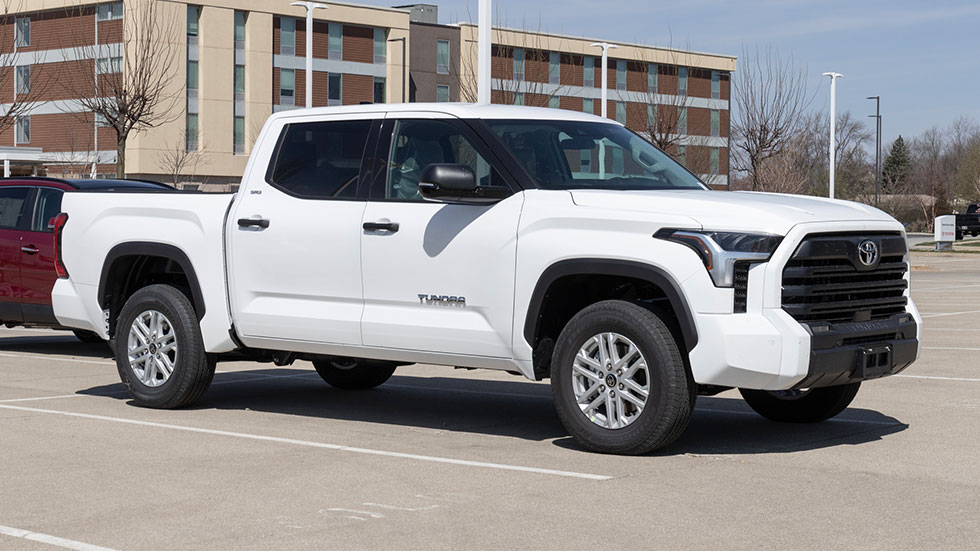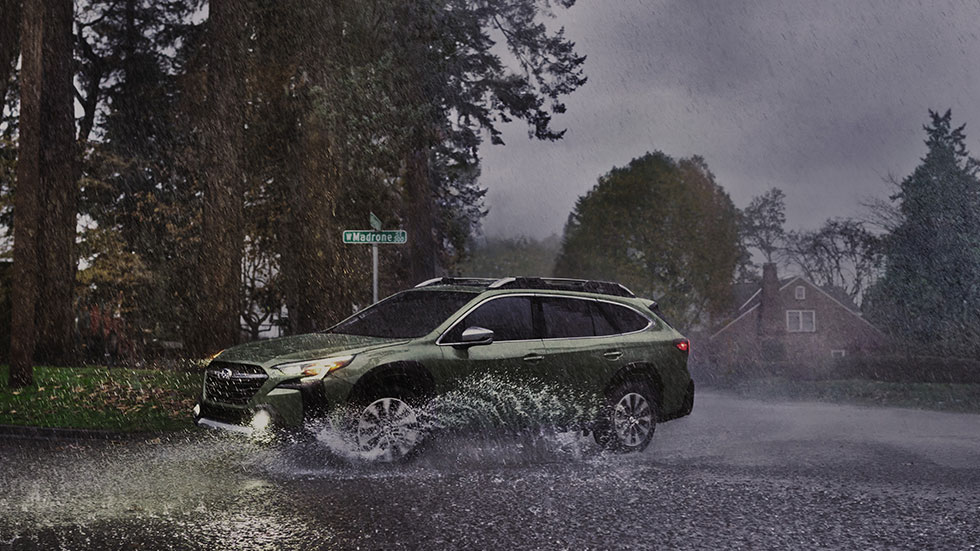This Year's Safest Cars—Small, Midsize, Luxury, And More
Experts release their top 8 safety picks for crashworthiness and crash avoidance


Our cars carry all kinds of precious cargo over thousands of miles, in a variety of weather conditions. So for most consumers in the market to buy a new vehicle, safety ratings are a top priority.
The Insurance Institute for Highway Safety (IIHS) and the National Highway Traffic Safety Administration (NHTSA) are two organizations that test new makes and models from auto manufacturers across crashworthiness and crash avoidance categories. Crashworthiness refers to how a vehicle performs in various types of collisions with other vehicles, while crash avoidance refers to the onboard systems that assist drivers in avoiding a crash.

WHICH VEHICLE TYPES ARE SAFEST?
Relatively speaking, the heavier the vehicle you drive, the safer you will be in the event of a crash. Not only do heavier, sturdier vehicles tend to provide better protection from dangerous impacts, it’s mostly the simple physics of momentum and kinetic energy that make larger vehicles safer. When a heavier, denser object collides with a lighter, smaller object (think sports car or motorcycle), the larger object transfers its kinetic energy to the smaller object and its occupants.
Of course, some larger vehicles have characteristics that may detract from their safety. Lifted suspensions and larger tires may result in top-heavy weight distribution, putting the vehicle at a greater risk of rolling or flipping during a crash.
NEW TECH IS MAKING VEHICLES SAFER
Over the past few decades, we've seen many safety features implemented to make vehicles safer. Things like blind spot monitorse airbags in steering wheels and side-curtain airbags becoming standard have done wonders to keep us physically safe during a crash.
Recently, automotive developments are onboard technologies designed to prevent a crash from happening, or to mitigate the severity of a crash, should it occur. Things like lane keeping assist, automatic emergency braking, adaptive cruise control, and cameras are all high-tech tools to help drivers stay aware of hazards and avoid them, thereby increasing overall vehicle safety.

EXPERTS' FINDINGS—THE 8 SAFEST CARS OF 2023
The 8 safest cars for 2023, as rated by IIHS and NHTSA, are in listed below. Each of these vehicles received a rating of "Top Safety Pick +" from IIHS and a "5-Star Overall Rating" from NHTSA.
Small Car: Acura Integra 4-Door Sedan
Midsize Car: Subaru Outback 4-Door Wagon
Midsize Luxury Car: Lexus ES 350 4-Door
Small SUV: Lexus UX 4-Door
Midsize SUV: Nissan Pathfinder 4-Door
Midsize Luxury SUV: Acura MDX 4-Door
Minivan: Honda Odyssey
Large Pickup: Toyota Tundra Crew Cab
While the information above offers a glimpse at the top safety picks from IHHS and NHTSA, it's not a comprehensive list. For more in-depth information on each vehicle listed above and how it performed in specific tests, visit IIHS Top Safety Picks and NHTSA websites.
Keep in mind, auto manufacturers release dozens of models and variations on those models each year, and it’s not possible for every one of them to be tested. Additionally, IIHS and NHTSA use different testing standards across different ranges of vehicles in each class, so the findings may not be consistent with tests from other organizations.
Understanding how vehicles are rated for safety, along with basic knowledge of the experts' ratings, can inform your own research on the safest car for you and your precious cargo.
